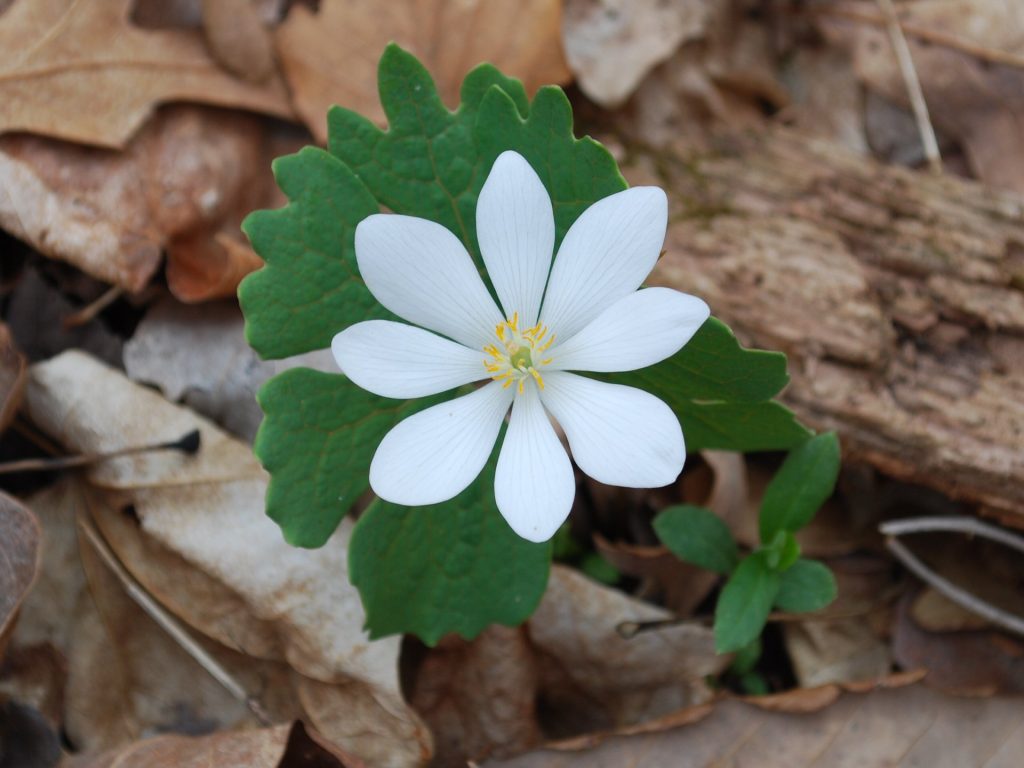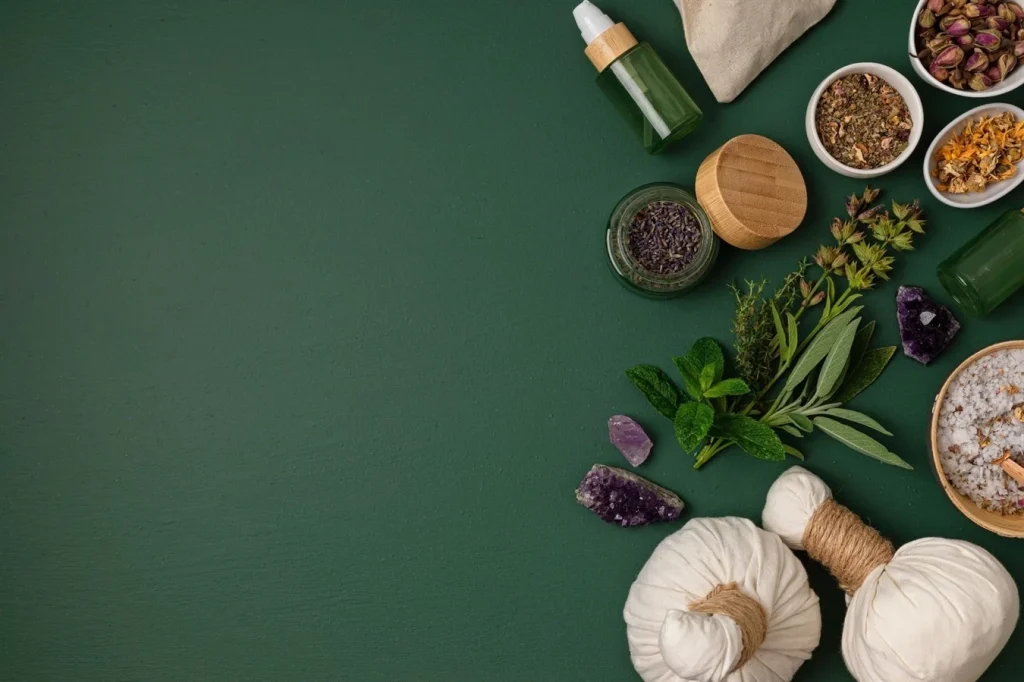Table of Contents
Traditional medicine has long been a cornerstone of healthcare across diverse cultures, utilizing natural resources to treat ailments and promote well-being. Rare plants, often found in specific geographic regions or unique ecological niches, play a crucial role in these ancient healing practices. Their uncommon properties and potent medicinal qualities have made them invaluable in traditional remedies, offering insights into the rich biodiversity of the plant kingdom and its applications in health and wellness. This article explores the significance of rare plants in traditional medicine, highlighting their uses, benefits, and the ongoing quest to preserve and understand these botanical treasures.

The Medicinal Significance of Rare Plants
Rare plants are those that are not commonly found and may have restricted distributions due to their specific habitat requirements or environmental conditions. Despite their rarity, many of these plants possess unique compounds with potent therapeutic properties, making them valuable to traditional medicine systems around the world.
1. Sanguinaria canadensis (Bloodroot)
Bloodroot, native to North America, is a rare plant used in traditional Native American medicine. The plant’s root contains alkaloids, such as sanguinarine, which have been employed in treating various conditions, including infections and inflammation. Native American healers used Bloodroot in poultices and infusions for its antiseptic and analgesic properties.
Modern research has explored Bloodroot&8217;s potential in combating certain cancers and treating skin conditions. However, due to its toxicity in large doses, its use requires careful regulation and understanding. The plant underscores the balance between traditional knowledge and modern scientific scrutiny in evaluating medicinal plants.
2. Gynostemma pentaphyllum (Jiaogulan)
Jiaogulan, also known as the &8220;Immortality Herb,&8221; is a rare plant found in parts of China and Southeast Asia. It has been used in traditional Chinese medicine for centuries to enhance vitality, improve endurance, and promote longevity. The plant contains gypenosides, which are believed to possess adaptogenic properties, helping the body resist stress and maintain balance.
Research into Jiaogulan has revealed potential benefits for cardiovascular health, immune system support, and metabolic function. Its inclusion in traditional medicine highlights the role of rare plants in promoting overall well-being and their potential to offer modern health solutions.
Rare Plants in Traditional Healing Practices
Many traditional medicine systems incorporate rare plants into their practices, each with unique applications and cultural significance.
1. Rhodiola rosea (Golden Root)
Rhodiola rosea, or Golden Root, is a rare plant native to the Arctic regions of Europe, Asia, and North America. In traditional Siberian and Scandinavian medicine, Rhodiola has been used to enhance physical and mental endurance, combat fatigue, and improve mood. The plant&8217;s adaptogenic properties are attributed to its ability to help the body cope with stress and maintain homeostasis.
Modern research supports some of these traditional claims, indicating that Rhodiola may improve cognitive function, reduce symptoms of depression, and enhance physical performance. Its role in traditional medicine demonstrates the potential of rare plants to offer significant health benefits.

2. Acorus calamus (Sweet Flag)
Acorus calamus, or Sweet Flag, is a rare plant native to the wetlands of Asia, Europe, and North America. In traditional Ayurvedic and Chinese medicine, Sweet Flag has been used to treat digestive disorders, respiratory issues, and neurological conditions. The plant contains essential oils and compounds with anti-inflammatory, antimicrobial, and cognitive-enhancing properties.
Though its use has declined due to concerns about potential toxicity and legal restrictions in some regions, Sweet Flag remains an important example of how rare plants have been integrated into traditional healing practices for their therapeutic benefits.
Conservation and Sustainable Use of Rare Medicinal Plants
The preservation of rare plants is crucial for maintaining biodiversity and ensuring the continued availability of medicinal resources. Overharvesting, habitat destruction, and climate change pose significant threats to these plants, potentially disrupting traditional medicine systems that rely on them.
Efforts to conserve rare medicinal plants include establishing protected areas, promoting sustainable harvesting practices, and conducting research to understand their ecological roles and medicinal properties. Collaborations between traditional healers, scientists, and conservationists are essential for ensuring that these valuable plants are preserved and used responsibly.
Integrating Traditional Knowledge with Modern Science
The integration of traditional knowledge with modern scientific research offers a promising approach to understanding and utilizing rare plants. By combining empirical observations from traditional medicine with contemporary scientific methods, researchers can validate traditional uses, identify active compounds, and develop new treatments.
This integrative approach helps bridge the gap between traditional and modern medicine, fostering a deeper appreciation of the botanical diversity and its potential applications. It also highlights the importance of preserving traditional knowledge as a valuable resource for future research and medical innovation.

Conclusion
Rare plants play a vital role in traditional medicine, offering unique therapeutic properties and cultural significance. From Bloodroot and Jiaogulan to Rhodiola and Sweet Flag, these plants highlight the intricate relationship between humans and the natural world. By exploring and preserving these rare medicinal plants, we not only honor traditional healing practices but also unlock new opportunities for advancing health and wellness through a deeper understanding of our botanical heritage.
